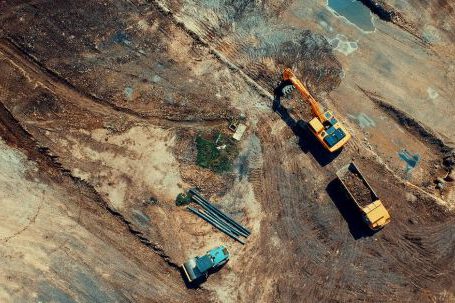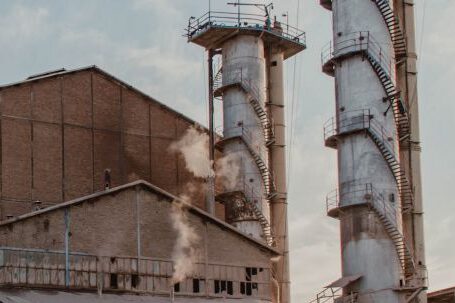As technology advances, the operation of lifting equipment becomes more complex. However, the fundamentals of safe handling remain the same, and all personnel operating this type of machinery must be properly trained. This article outlines some of the essential training for handling lifting equipment safely.
Understanding the Risks
The first and most important part of any training programme for lifting equipment is to understand the risks associated with the operation of such machinery. This includes being aware of the potential dangers to personnel due to the high level of force involved in moving and lifting heavy items. It is also important to understand the risks of the machinery itself, such as entanglement or slipping hazards, and the potential for equipment failure.
Identify Equipment Requirements
Once the risks involved in the operation of lifting equipment have been identified, it is important to assess the specific requirements of the particular machine in order to ensure safe operation. This includes understanding the maximum weight that can be safely lifted, as well as the types of attachments and safety devices that must be used. It is also important to be aware of the correct procedures for handling and storing the equipment.
Safety Measures
When operating any type of lifting equipment, it is essential to adhere to all relevant safety measures. These include wearing the appropriate protective clothing and equipment, such as safety helmets, goggles, and gloves. It is also important to be aware of the safety devices that must be used, such as overhead guards, and to ensure that they are properly maintained and in good working order.
Operator Training
In order to ensure safe and efficient operation of lifting equipment, it is important for all personnel to be properly trained in the use of the machine. This includes understanding the basic principles of operation, such as how to set the controls and how to engage and disengage the machine, as well as understanding the safety protocols that must be followed.
Maintenance Training
As with any type of machinery, it is essential to maintain the lifting equipment in good working order. This includes regular inspections and routine maintenance, as well as ensuring that any damaged components are replaced. It is also important to understand the correct procedures for storing and transporting the equipment, and to ensure that all safety measures are being adhered to.
Conclusion
Lifting equipment is a vital component of many industrial operations, and it is essential that all personnel who operate such machinery be properly trained on the fundamentals of safe handling. This includes understanding the risks associated with the operation of the machine, identifying the specific requirements of the equipment, adhering to all relevant safety measures, and understanding the principles of machine operation and maintenance. By ensuring that all personnel are properly trained in the safe handling of lifting equipment, the risks of accidents and injuries can be greatly reduced.






